The country of Cambodia is a vast and mystical place, with literally thousands of historical sights and places to visit. A large concentration of these famous temples and ancient cities can be found in the Angkor region, near the city of Siem Reap. I visited this area in January 2011 on a stopover immediately following a business trip to Vietnam and explored the area in as much depth as I could in the short time I had.
The sights I visited in Cambodia were so numerous and so picturesque that I made the decision to break this blog entry into two posts. The first post detailed my visit to the temples in the Angkor region, including the famous Angkor Wat temple complex. This second post covers some of the temples further afield, as well as my visit to Tonlé Sap lake to visit a floating village.
As I discussed in my earlier post, these temples and city complexes were constructed around a thousand years ago during the Khmer Empire, and rivaled other famous architecture forms of the time in terms of beauty and balance. After visiting the temples in the Angkor region on the first part of my trip, I headed further east of Siem Reap to visit two particularly interesting temples, Banteay Srei and Beng Melea.





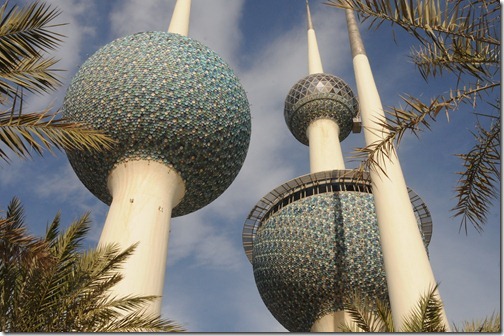
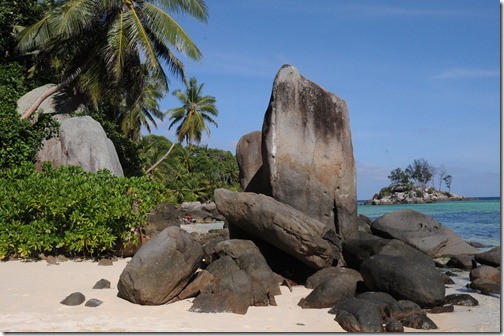

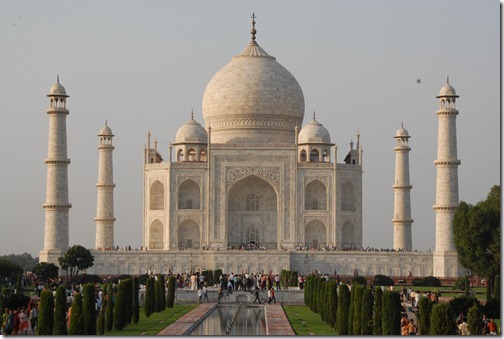




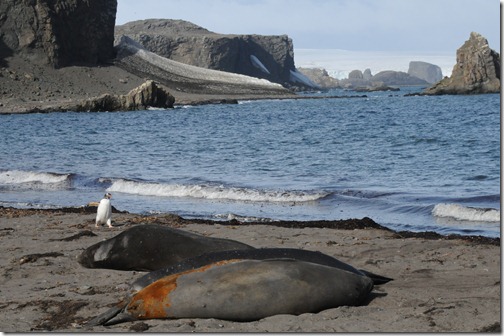




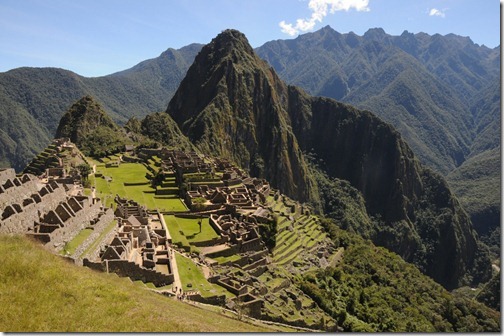


 My first trip of 2012 involved a speaking engagement to my 121st recorded country, Nicaragua! Before this trip, when I thought of Nicaragua, I thought of Sandinistas, civil wars, communists, and Daniel Ortega. Ortega is still there…in fact, he’s the president again, and the Sandinistas are still around. But communism and the war are long gone and, let me tell you, Nicaragua is one unbelievably beautiful place.
My first trip of 2012 involved a speaking engagement to my 121st recorded country, Nicaragua! Before this trip, when I thought of Nicaragua, I thought of Sandinistas, civil wars, communists, and Daniel Ortega. Ortega is still there…in fact, he’s the president again, and the Sandinistas are still around. But communism and the war are long gone and, let me tell you, Nicaragua is one unbelievably beautiful place.